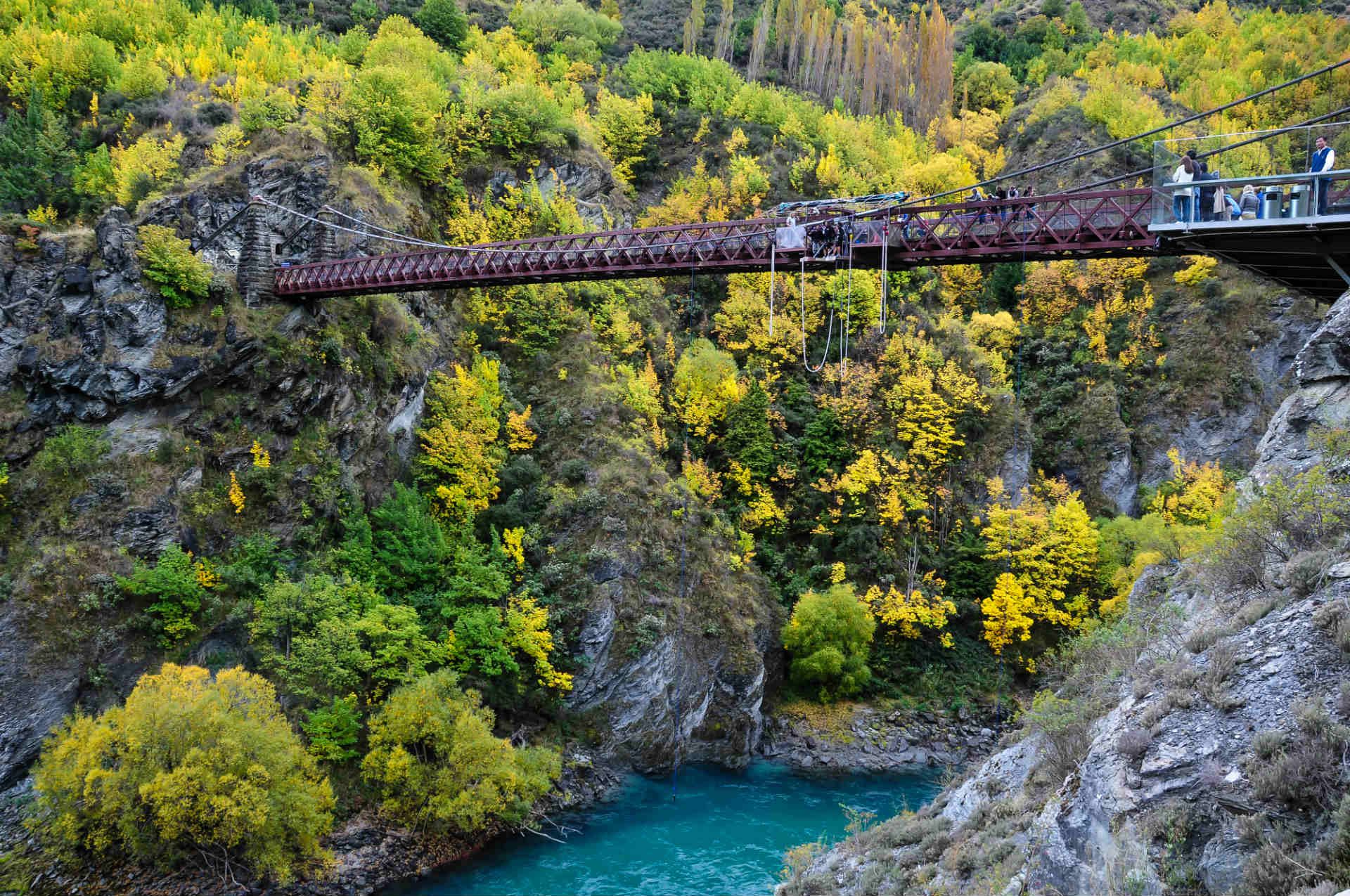14. Surf and more at Raglan
Raglan is best known for its surf, but the town itself has a distinct vibe—creative, laid-back, and environmentally conscious. Manu Bay is a world-famous left-hand break made popular in The Endless Summer, and experienced surfers travel here just for that wave. But even if you’re not surfing, Raglan’s black sand beaches, coastal walking tracks, and small-town charm make it easy to enjoy a slower pace.
The local community leans toward sustainability and the arts, with lots of handmade goods, recycled materials, and plant-based cafes.
Just outside town, you’ll find Bridal Veil Falls (Waireinga), a 180-foot (55 m) waterfall with well-maintained walking paths and viewpoints. Boat trips also leave from the harbor, where you might come across dolphins, seabirds, or even orcas, depending on the time of year.
How to get to Raglan
Raglan is around a two-hour drive south of Auckland. If you're coming from Hamilton (about 45 minutes away), regular shuttle services run between the two. The final stretch is a winding coastal road with great views, so if you can, rent a car for flexibility.
There’s no public transport directly to Raglan, but some accommodations include local shuttle service. Surf schools often provide transport to different breaks as part of their lessons.
When to visit Raglan
If you're here to surf, the best swell usually rolls in during winter (June to August), but you’ll need a proper wetsuit—the water’s cold. Summer (December to February) is better for beginners, with smaller waves and warmer conditions. Spring and autumn (March–May and September–November) fall somewhere in between, with a mix of decent surf, fewer crowds, and milder temperatures.





























